This post may contain affiliate links. Please read our disclosure policy.
These buttery, rich chocolate chip protein cookies are made with almond and coconut flours, and pack 5 grams of protein per cookie.

What do these protein cookies taste like?
These cookies are not exactly like classic thick and chewy gluten free chocolate chip cookies, with plenty of refined grains and sugar. Or even like our almond flour chocolate chip cookies. But they're rich and buttery-tasting, with almost no added “regular” sugar, and packed with protein.
The texture is crisp and chewy at the same time. For a chewier cookie, try baking them for 8 minutes instead of 10 minutes. And keep them in a sealed plastic container at room temperature.
I've been curious about Lenny & Larry's protein cookies (especially the chocolate chip variety), but their original formulation is made with wheat flour. They also have quite a bit of sugar, so I wouldn't likely have been tempted to eat them anyway.
I've just noticed that Lenny & Larry's now sells a “keto” variety made with almond flour, and erythritol (but in a facility shared with wheat). I guess I kind of unintentionally backed into a Lenny & Larry-style keto recipe?

Which protein powder is best?
Since I developed the bread recipes in my book Gluten Free on a Shoestring Bakes Bread, I've loved baking with whey protein isolate. It's a nearly-pure form of protein powder that, when heated in the oven, behaves much like gluten.
Since I bake the bread recipes from that book quite often, I always have a lot of whey protein isolate in my pantry. I use it to bake my oat-based protein cookies, protein granola, and now these chocolate chip protein cookies.
Instead of protein powder, you can try using collagen powder for a huge nutritional boost with no added flavor at all. I really like Vital Proteins Collagen Peptides and Perfect Hydrolyzed Collagen Peptides (Those are affiliate links, but feel free to shop around for the best price.)
You can also try using your favorite flavored protein powder, like I like Vega essentials chocolate flavor protein powder like I use in our homemade protein bars. Those protein powders have other added ingredients, though, so it will have more of an effect on the outcome. If you'd like a different kind of protein-rich snack, try a batch of our protein balls, which have 6 grams of protein each without protein powder.

Which sugar alternative is best for making protein cookies?
You don't have to use a sugar alternative in these cookies, and can instead simply use 1/2 cup (100 g) granulated sugar. I prefer to use a sugar alternative rather than take a wholesome recipe and taint it with refined sugar.
I have been baking more and more with Lankato brand monk fruit granulated sugar alternative, and have had great results. I had been buying it on Amazon, but even found it at my local Costco recently for a better price.
You can also probably use a simple granulated erythritol sweetener, but the Lankato monk fruit blend (which contains monk fruit sweetener and erythritol) has a smoother taste. The monk fruit helps neutralize the cooling sensation that erythritol tends to cause.
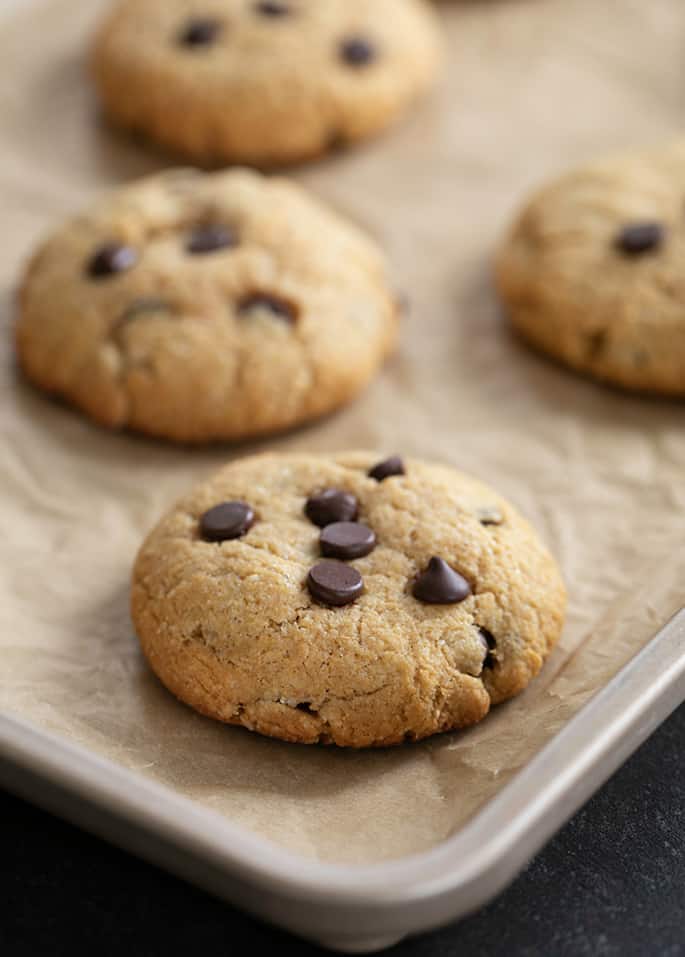
Protein cookies ingredients and substitution suggestions
Dairy free protein cookies
There is dairy in these cookies in both the butter and the whey protein isolate. There are so many versions of protein powders available. Please see the full discussion above of my favorite ones.
It's easy to replace the butter in these cookies with virgin coconut oil, melted and cooled. Just measure it out gram for gram. The butter gives these protein cookies a depth of flavor that the coconut oil is missing, but the almond flour nearly makes up for its absence.
Almond free protein cookies
The base of this recipe is finely-ground blanched almond flour. If you can't have almonds, you can certainly substitute cashew flour for the almond flour.
If you can't have nuts at all, you can try using sunflower seed flour, but the cookies will almost certainly have a (harmless) greenish tint to them. If you can't have almonds but can have peanuts, try my peanut butter protein cookies, which are made with peanut butter and whey protein isolate.
Egg free protein cookies
There are two eggs in these cookies, so it's worth trying to replace each of them with one “chia egg” (1 tablespoon ground white chia seeds + 1 tablespoon lukewarm water, mixed and allowed to gel).
Can you make these protein cookies without coconut flour?
There is no reliable alternative to coconut flour, but there are times when I've had success using twice as much tapioca flour (by weight) in place of coconut flour. I haven't tried that in this recipe, though, so it's a risk.
Making these protein cookies without xanthan gum
Adding a bit of xanthan gum to this recipe helps the cookies (and the dough) hold together well, and helps the cookies stay fresh for longer. It's not essential.
Making these cookies without molasses
The single tablespoon of molasses in these cookies gives them that authentic chocolate chip cookie taste that normally comes from baking traditional chocolate chip cookies with brown sugar. You can replace it with a liquid alternative sweetener, like Lankato brand monkfruit maple syrup alternative.
What chocolate chips work best
I really like Lily's Sweets brand stevia-sweetened chocolate baking chips. They seem to be much more widely available than they used to be, which I appreciate because mail-ordering chocolate can be risky in the warmer months. ☀️ If you're not worried about using chocolate chips with some refined sugar, you can just use regular miniature semi-sweet chocolate chips.

Chocolate Chip Protein Cookies | Almond Flour

Ingredients
- 1 ½ cups (180 g) finely-ground blanched almond flour
- 5 tablespoons (30 g) coconut flour
- 1 scoop (30 g) whey protein isolate powder
- 1 teaspoon xanthan gum, (optional)
- ½ teaspoon baking soda
- ¼ teaspoon kosher salt
- ½ cup (100 g) Lankato monk fruit granulated sweetener
- 4 tablespoons (56 g) unsalted butter, melted and cooled
- 2 (100 g (weighed out of shell)) eggs, at room temperature, beaten
- 1 tablespoon (21 g) unsulphured molasses
- 3 ounces sugar free chocolate chips, like Lily’s brand
Instructions
- Preheat your oven to 325°F. Line a large rimmed baking sheet with unbleached parchment paper and set it aside.
- In a large bowl, place the almond flour, coconut flour, protein powder, optional xanthan gum, baking soda, salt, and granulated sweetener, and whisk to combine well.
- Create a well in the center of the dry ingredients, and add the butter, eggs, and molasses, and mix to combine well.
- Use the back of the mixing spoon to press the wet ingredients into the dry ones, turning the dough over until the dry ingredients have been completely absorbed. The dough will be thick and sticky.
- Add 2 ounces of the chocolate chips, and mix until evenly distributed throughout the cookie dough.
- Using a spring-loaded ice cream scoop or two spoons, scoop the dough into portions about 1 1/2 tablespoons each.
- Using moist hands, roll each piece of dough into a round, press into a disk about 1/4-inch thick and place about 1 1/2-inches apart from one another on the prepared baking sheet.
- Top the rounds of cookie dough with some of the remaining chocolate chips, as desired.
- Place the baking sheet in the center of the preheated oven and bake until the cookies are set in the center and are just beginning to brown around the edges, about 10 minutes.
- Remove the cookies from the oven and allow to cool on the baking sheet until firm, about 10 minutes.
- Store in a sealed plastic container at room temperature for at least 3 days or freeze for longer storage.
Video
Nutrition
Nutrition information is automatically calculated, so should only be used as an approximation.
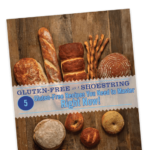


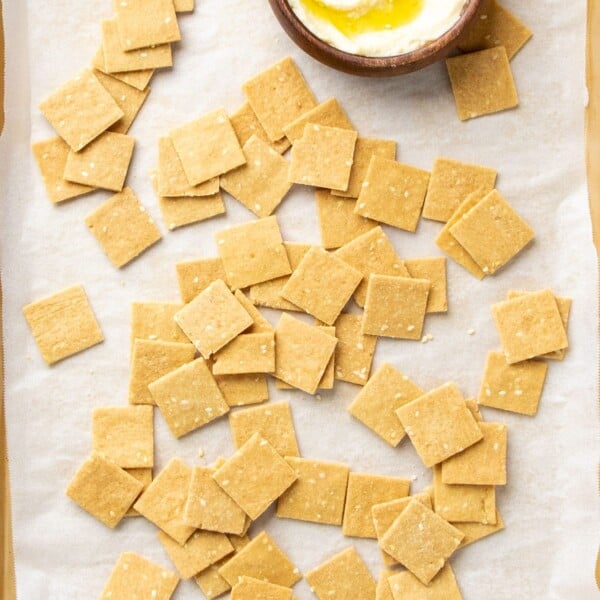
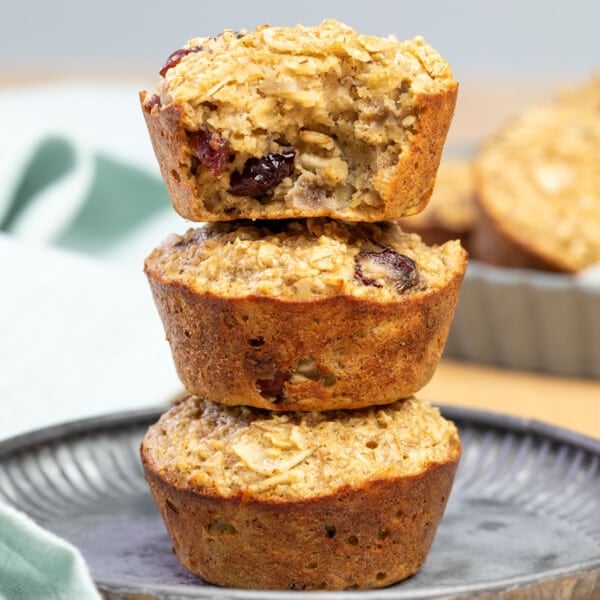
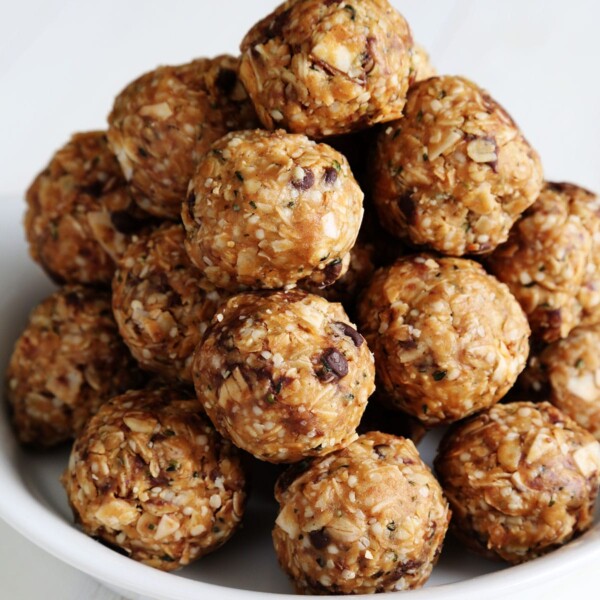









Totally Nicole, I realize in retrospect that my first comment could have been read as a reference to the recipe as written as opposed to me just lamenting unsuccessful tweaks, which is why I thought it important to make note of the changes I made. I definitely recognize that baking recipes, especially gluten free, usually are a fine balance of a number of factors. Thanks again!
All true, Emma!! ?
Thanks so much for the input Nicole, it’s nice of you to take the time (and sorry, my browser won’t let me reply to your reply – I’m at FEBRUARY 24, 2020 AT 10:34 PM above).
I did not make the usual mistakes (not weighing (always weigh), wrong oven temp (I have a second thermometer in there), using almond meal), but in truth I can never help making… tweaks. I used double the whey and two thirds the sugar (oops?). It could also be that I just don’t love almond flour, or maybe the extra sweetness is needed to make these tastier.
Thanks again!
I appreciate your disclosing that, Emma. You didn’t then make the recipe as written, so your comment wasn’t really directed at my recipe. Whey protein isolate has dramatic effects on baking when used other than as instructed, which I learned from painstaking recipe testing—which is why I recommend highly using the recipe as written until mastered before changing anything.
Sigh, my cookies did not rise at all unfortunately. As a result, they are dense and… not so great. Maybe I’ll try again with baking powder rather than soda.
I’d first look at any substitutions you made, Emma, (for example, almond meal instead of blached finely ground almond flour), and whether your oven was at the right temperature, whether you baked the cookies for long enough, and whether you measured by weight, not volume which is very unreliable. The recipe works when made as written.
Have you tried Monk Fruit in the Raw? It doesn’t contain any sugar alcohols, just some maltodextrin. Very light but substitutable by volume. I don’t find any after-taste as I do with the Lakanto and Monk Fruit
Hi, Judy, I’ve tried it, but never in baking. It sounds like you’ve been successful with it. I’ll have to give it a try!
Thank you for a coconut flour alternative! I recently got diagnosed with gastroparesis and I’m still figuring out what does and doesn’t sit well with my stomach. A couple of my favourite cookie recipes have coconut flour which disagrees with me badly now so I’m looking forward to having something to try as a replacement !
I’m afraid it’s definitely not a reliable alternative, Mia. If there is only a small amount of coconut flour in a recipe, like this one, it’s worth trying. But I definitely can’t promise results!
I can’t digest any of the sugar alcohols, and I struggle with finding the right balance with the monk fruit only. Could I use coconut sugar only?
I would recommend using granulated sugar, then, Wendy. Coconut palm sugar has a very coarse ground and unique taste.
Another victorious variation of ccc! Always welcome here, honestly. Would I be nutty to go halvsies on the eurythritol and some coconut palm sugar?
Also, the peanut butter protein cookie recipe mentioned in the substitutions uses no-stir peanut butter (rather than the pb powder mentioned). I only point it out for anyone else whose heart goes pitter patter for peanut butter powder ?
Thank you Nicole!
It’s worth a shot, Julie, to try half coconut palm sugar and half erythritol. I honestly can’t hazard a guess about how it would turn out, though. You’re absolutely right about the peanut butter protein cookies. I made the correction in the text. The peanut butter powder is in the oat-based protein cookies.